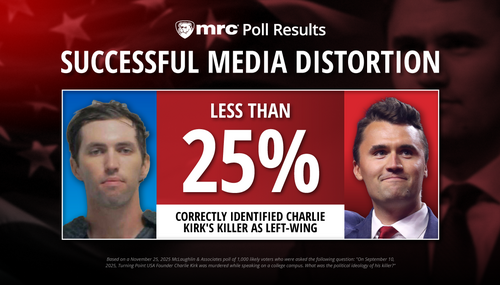When The New York Times's hostility to police collides with the unyielding demands of solidarity and multiculturism, we get upside-down reporting like the kind that appeared in Saturday’s New York Times, when reporters Matt Furber and Mitch Smith question the harsh sentencing of a former police officer, Somali-American Mohammed Noor, found guilty in a woman’s death: “Over 12 Years in Prison for Minneapolis Officer in Woman’s Death.”
Substitute “seen by some” with “seen by Times journalists” in the weasel-worded text box: “Far from building trust in the system, a case came to be seen by some as a sign of a double standard.”
After the guilty verdict in May, Times reporter John Eligon, who has spent years criticizing police in the aftermath of racially charged shootings, did a 180-degree turn and showed bizarre new concern over alleged unfair treatment of cops. The latest story on Noor’s sentencing continues on that same strange path (click "expand"):
Mohamed Noor’s arrival as the first Somali-American officer in his Minneapolis police precinct was celebrated three years ago as a cultural bridge, a way of building trust between the police and the city’s large refugee population. The mayor even attended a welcome ceremony for him.
But on Friday, Mr. Noor, now an ex-officer and convicted murderer, was sentenced to about 12 and a half years in a Minnesota prison for the death of Justine Ruszczyk, an unarmed woman he killed while on patrol in 2017.
Far from building trust in the system, Mr. Noor’s case came to be seen by Somali-Americans as a sign of a double standard. Dozens gathered in the courthouse lobby Friday to voice displeasure with the length of Mr. Noor’s sentence, stating that they believed a white officer would have been treated differently. “Wrong Complexion For Blue Protection,” one man’s sign read.
“This case is about a black Muslim immigrant,” said Ahmednur Abdirahman, 36, who was among the protesters. “They are worried about disappointing the white community. For that reason, justice was not served today.”
The paper pushed a twisted brand of “justice”:
In the courthouse lobby, where several Somali-Americans waited to hear the judge’s decision, many saw the prison term as far too harsh. Some of them noted that white police officers in Minnesota and elsewhere had killed unarmed people and gone unpunished.
(....)
In the few other recent cases where an American police officer has been convicted of murder, they have often avoided the harshest possible sentence. Jason Van Dyke, a white former Chicago officer convicted of second-degree murder and other crimes in the death of Laquan McDonald, a black teenager who was shot 16 times, was sentenced this year to just under seven years; prosecutors had called for at least 18 years. In Balch Springs, Tex., Roy D. Oliver II, a white officer convicted of murder in the death of Jordan Edwards, who was black and 15 years old, was sentenced last year to 15 years; the prosecution was seeking at least 60 years.
The paper’s sudden and hypocritical concern about sentencing cops is undermined by the fact that 12.5 years was the identical sentence recommended under state guidelines, which presumably exist for a reason. The paper glossed over it by noting blandly that the 12.5 years “fell within state guidelines for his crimes,” which left open the possibility that the judge was erring on the harsh side.
The shooting of Ms. Ruszczyk had been a mystery from the start -- far different from police shootings that were recorded on cellphones or squad car dashboard cameras. There was no video or audio of what had happened.
(Because the cops body cameras were turned off -- another unflattering fact the paper also glosses over.)
Late on the night of July 15, 2017, Ms. Ruszczyk, who was about to get married and sometimes used her fiancé’s surname, twice called 911 to report what she thought was a sexual assault in the alley behind her Minneapolis home.
Mr. Noor and his partner were sent to the area to investigate, and the shooting soon followed. It was never entirely clear how the officers and Ms. Ruszczyk had wound up crossing paths, but testimony at Mr. Noor’s trial suggested that she came outside in the darkened alley to talk to the officers, and startled them.
Once again, the paper left off Noor’s discredited defense of his decision to fire on Justine Ruszczyk, as reported by CBS News: “Prosecutor Amy Sweasy....noted that neither Noor or his partner Matthew Harrity mentioned [the bang] at the scene, with Harrity first talking about it three days later in an interview with a state investigator, and pointed out that Damond's fingerprints were not found on the squad car.”
(Noor had testified during the trial that he had heard a bang and had fired one shot from the passenger’s seat when Ms. Ruszczyk appeared at the driver’s side window.)




